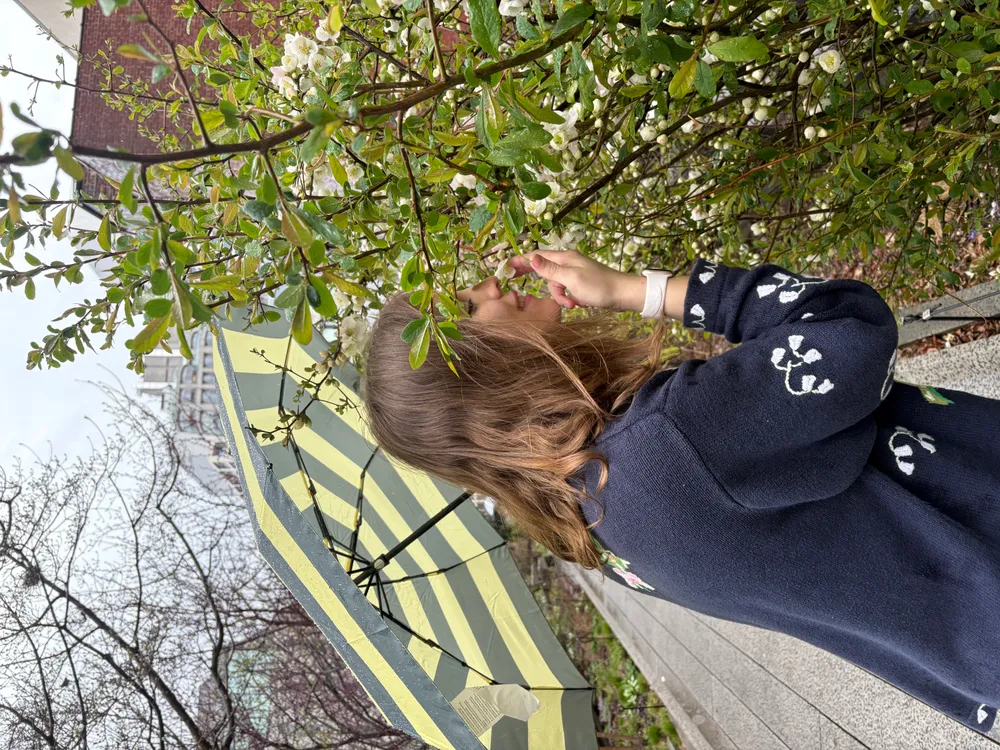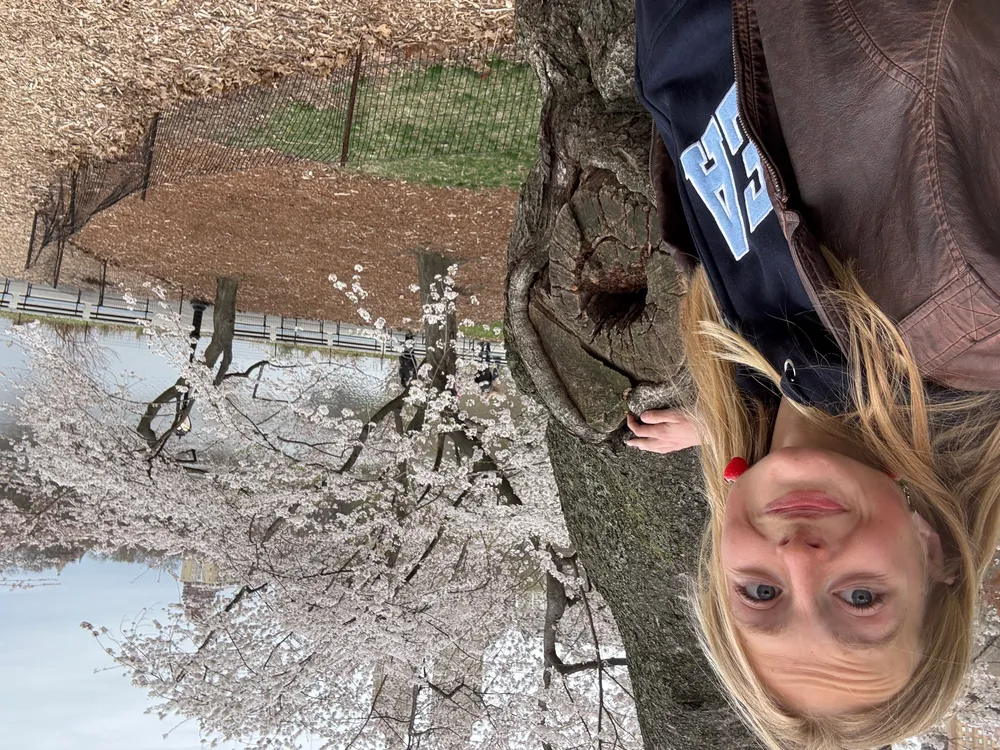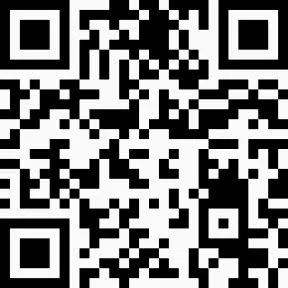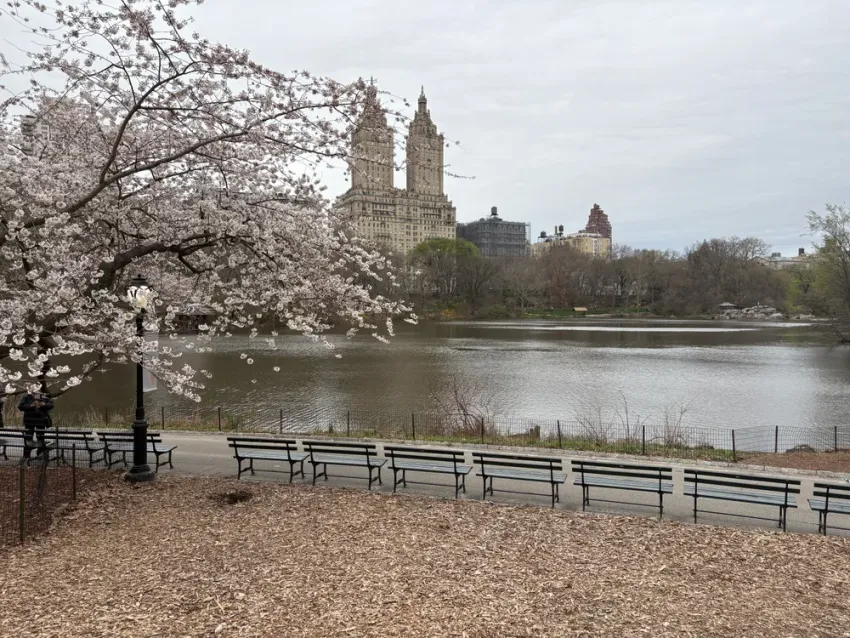Central Park, in the heart of New York City, is where pigeons mingle with poets, tourists stumble across secret gardens, and skyscrapers disappear behind the tangled wood of American elms. Built on nearly 853 acres, the park has everything — from chess tables where you can play with the masters of New York to swan ponds to float your own rowboat.
The architect, Fredrick Olmsted, is also the father of many of Seattle’s green spaces. In 1903, he designed a visionary system for Seattle: 37 parks and 14 boulevards to connect residents with nature throughout the city, including Volunteer, Seward, and Mount Baker Parks.
Central Park was a pioneer for outdoor, large recreational public spaces in the US. It was a revolutionary idea: a “people’s park” where anyone — rich or poor — could stroll, breathe fresh air, and escape the chaos of city life. It first opened to the public in 1859, when thousands of New Yorkers turned out to ice skate.
In a city thick with skyscrapers, what’s truly astonishing is how connected to nature Central Park feels: from the rocky outcrops of Umpire Rock to the whispering trees of the Ramble, it seems untouched. Yet nearly every inch is man-made or sculpted by design.
Olmsted didn’t just design scenery — he built a social experiment. Olmsted wanted to create a space that encouraged mixing of all classes, a remedy for the stresses of modern life. He wrote that Central Park should offer “tranquility to the mind” and a sense of “unbending of the faculties” — ideas that feel just as important today as they did 170 years ago.
Highlights
Central Park sits on what was previously Seneca Village, a 19th-century African American community that was forced out — legend has it that visitors can hear the ghostly voices where the village stood in the westmost side. Today, the park is home to woodlands, meadows, waterfalls, formal gardens, and Belvedere Castle, where rumor has it that a reclusive stonemason who worked on it died there — and never left.
The oldest man-made object in Central Park is a 3,500-year-old Egyptian obelisk, known as “Cleopatra’s Needle,” a gift from Egypt in the 1880s. It’s tucked behind the Met Museum, looming mysteriously in the shadows like a forgotten artifact from a lost civilization.
Strawberry Fields is a peaceful memorial to John Lennon near the Dakota Building, where he was tragically killed in 1980.
Central Park is also home to an array of wildlife. Visitors can spot raccoons, red-tailed hawks (including the famous Pale Male), turtles sunning on rocks, and migratory birds making a pit stop on their way up or down the continent. There's even a population of monk parakeets — escaped pets that now live freely among the trees. Just be careful a pigeon doesn’t nab your lunch!
A Queer sanctuary
For much of the 20th century, when LGBTQIA+ people faced abundant violence, criminalization, and social stigma, Central Park served as a discreet meeting place. Areas like The Ramble, a wooded, maze-like area, became well-known as a cruising spot for Gay men, especially during the 1960s and '70s when safe and safe Queer spaces were limited.
A “ramble” along its main trails honors women and the LGBTQIA+ movement. The Women’s Rights Pioneers Monument features Sojourner Truth, Susan B. Anthony, and Elizabeth Cady Stanton. There continue to be ongoing efforts to include statues or spaces honoring Queer activists like Marsha P. Johnson and Sylvia Rivera.
Olmsted’s vision worked. Central Park isn’t just a place but a phenomenon — a landscape that invites you to wander, wonder, and be free.


Support the Seattle Gay News: Celebrate 50 Years with Us!
As the third-oldest LGBTQIA+ newspaper in the United States, the Seattle Gay News (SGN) has been a vital independent source of news and entertainment for Seattle and the Pacific Northwest since 1974.
As we celebrate our 51st year, we need your support to continue our mission.
A monthly contribution will ensure that SGN remains a beacon of truth and a virtual gathering place for community dialogue.
Help us keep printing and providing a platform for LGBTQIA+ voices.
How you can donate!
Using this Link
Text "SGN" to 53-555
Or Scan the QR code below!



